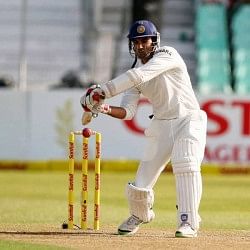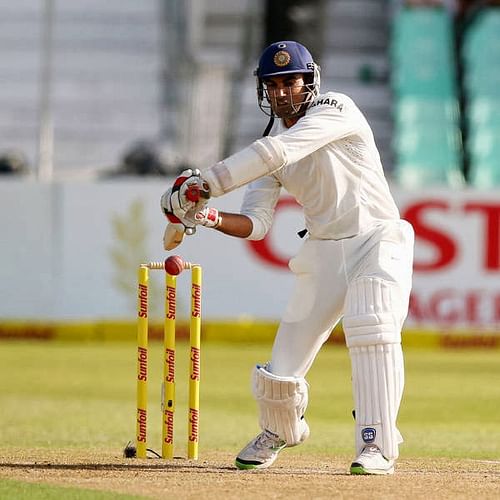
The tail should wag - the importance of the lower order in cricket

Zaheer Khan
Cricket has become too much fast paced in recent times. T20 cricket has taken cricket to a completely different level. It has primarily become a sport which the batsmen have dominated off late. The bowlers have lost the sheen. Well this is certainly a thing to bother, but point is in such a batsmen oriented game when you need runs on the board, isn’t it a necessity that the tail Enders should know how to bat?
Certainly one cannot expect much from them, doing that would be a bit more ambitious, I would say. But the least one can expect from them is to hang on and face the balls and as per merit of the deliveries, and go for those wild slogs when needed. When we look at the tail of the top test playing nations, the situation isn’t that bright for tail Enders.
For example, India- The Indian tail is known to be someone who believes on the saying in Hindi which can be aptly described as “Aaya Ram, Gaya Ram”. Harbhajan Singh knew how to bat. Of course, Ashwin is someone who can be counted as a bowling all-rounder. But what about the rest who have played for India over the years? Zaheer Khan, Ishant Sharma, Umesh Yadav, Shami Ahmed and the list goes on and on. It’s tough being a bowler, but to hang on as a batsman, one can surely work in the nets so that the team gains those bonus runs in case of a batting collapse.
Of course , there have been instances when the tail has stood up for India. Way back in the year 2010 when India was in deep trouble having lost 8 wickets at around 125 runs. At that moment, VVS Laxman and Ishant Sharma fought hard and added 81 runs and snatched the victory from the Aussies. Then against the same team , in the year 2007, Murali Kartik and Zaheer Khan had taken India to victory from the jaws of defeat adding 52 runs . But these moments have been a rarity in the Indian side. The Indian batsmen look helpless facing the bowlers. It seems a mere formality.
In the recently concluded ODI series between Pakistan and South Africa the debutants Bilwal Bhatti and Anwar Ali fired with the bat to hand Pakistan a victory over the mighty Africans. These moments in world cricket when a tail-ender wins a game for the side are very rare.
The situation is worse for India. In the 2nd Test between India and South Africa, India had started well in the first innings. But as MS Dhoni got out, the other batsmen fell like nine pins. And one when speaks about Indian tail and picks up the scores of number 8,9, 10 and 11 in their last 25 innings, it is a surety that scores of single digits will be in abundance.
When we look at teams like Australia and England, the situation seems far better and brighter than the sub-continent teams. Ian Bell along with the tail had handed England an Ashes win few months back. Even now, Brad Haddin has done remarkably well with the Australian tail to reconstruct the innings quite a few times in the ongoing Ashes down under.Vernon Philander batted very well in the recently concluded test series versus India.
After the advent of T20 cricket, it has truly become a necessity for the tail-enders to possess a skill in there armour which makes them capable to hit the ball out of the park. Unfortunately the current bunch of the tail-enders batting all over the world lacks the credibility to do even that.
Number 7 and 8 is quite a critical position in Test match cricket. In case the top order fires, it’s a cake walk for the lower order. But when a situation crops up, where the top order fails to deliver then the batsmen batting at 7 and 8 have an uphill task to drive the team out of a crisis situation and put a decent score on the board. But if the tail lacks the ability to hang on and rotate the strike then the whole team gets bundled out soon.
So to all those tail-enders who love batting, it is time to pull up their socks and rework on their flaws to avoid getting exploited on this chink in their armour.